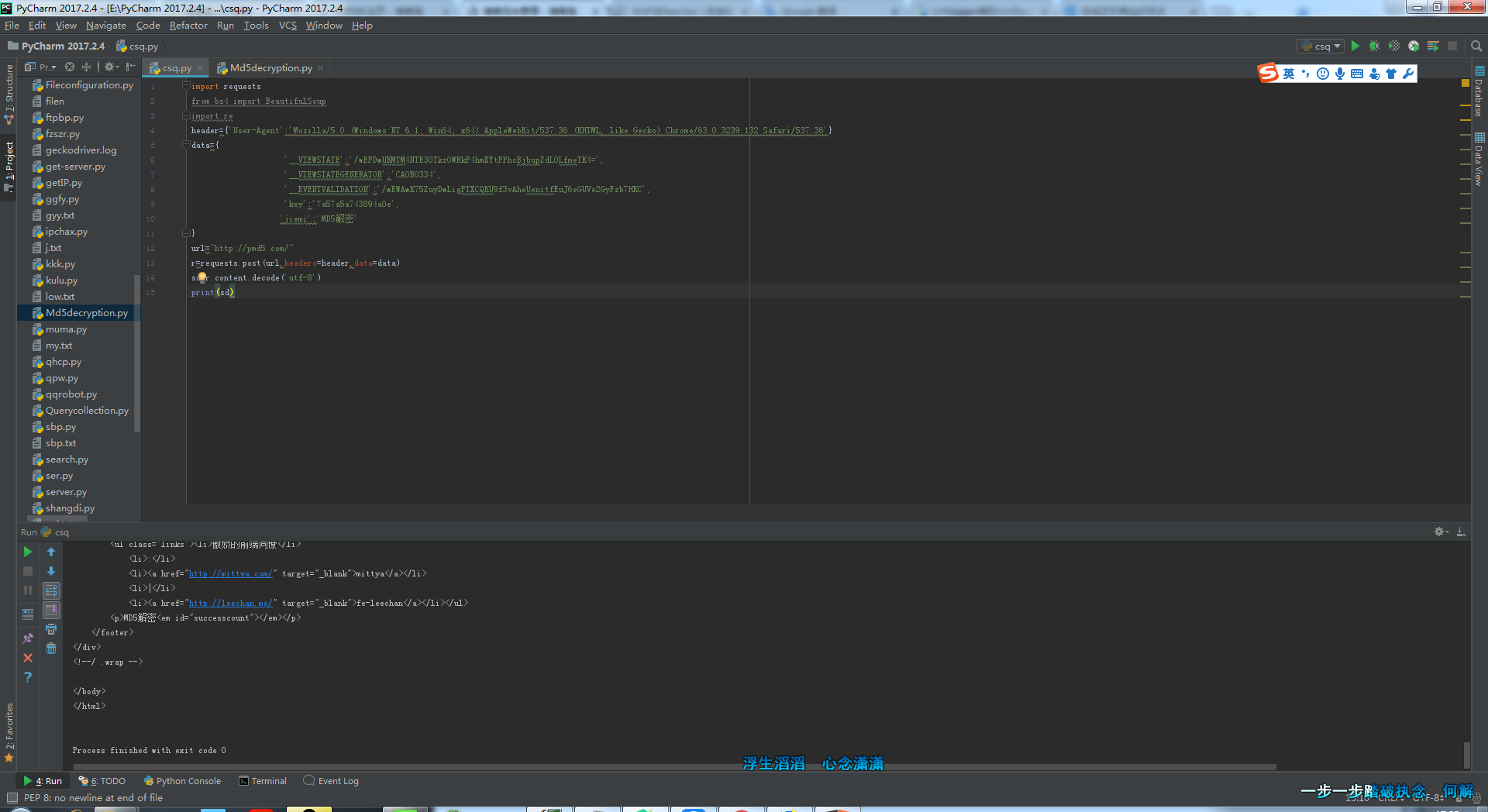

Sys.prefix = '/home/frontend/altrepo_front/venv'

Sys.base_exec_prefix = '/home/frontend/altrepo_front/venv' Sys.base_prefix = '/home/frontend/altrepo_front/venv' Sys._base_executable = '/usr/bin/python3' PYTHONHOME = '/home/frontend/altrepo_front/venv' Sudo curl -X PUT -data-binary -unix-socket /var/run/ nfigħ 10:10:40 10536#10536 "frontend" application started Hash_obj = hashlib.sha1(mystring.encode()) Mystring = input('Enter string to hash: ') In case you want to pass the string from the console, don’t forget to encode the string in a sequence of bytes − If you notice, we have used ‘b’ before any string literals, this is to generate the bytes from the string as hashing function only accept a sequence of bytes as a parameter. However, if you want the sequence of bytes returned, you should use hash_obj.diget(), like − Hash_obj = hashlib.sha1(b'Hello, Python!') Let’s create a simple program to understand sha1 algorithm, Now to check if the required algorithm or what all algorithms are currently available in hashlib module − > print(hashlib.algorithms_available) The SHA1 algorithm, considered more secure than md5 and hence is widely used in many areas.įirst, if you want to use any hashing algorithm, import the hashlib module − import hashlib The SHA is a group of algorithms like – SHA1, SHA224, SHA256, SHA384, SHA512. The message generated by these algorithms ranges from 160 bits to 512 bits. These algorithms are much more secure than md5 and hence widely used in several areas including cryptographic applications. SHA - There are multiple algorithms comes under SHA group of the algorithm, which is developed by U.S Federal Information processing standard. There are a couple of security issues with the md5 algorithm that is why we mainly used it to check data integrity. MD5 - MD5 or message digest algorithm will produce a 128-bit hash value. Two mostly used hash functions or algorithms are −
PYTHON MODULE FOR MD5 ENCODING PASSWORD
As a python programmer, we need hash functions to check the duplicity of data or files, to check data integrity when you transmit data over a public network, storing the password in a database etc. In real life scenario, hash functions are used heavily in cryptographic algorithms, in digital signatures, fingerprints, to store password and many more areas. Suppose you want to convert the “Hello World” message to sha1 hash function then the result is: 0a4d55a8d778e5022fab701977c5d840bbc486d0, The return value from a hash function is called hash, checksum, hash value or message digest.

For example, x is your input and f is the f is the hashing function, then calculating f(x) is quick and easy but trying to obtain x again is a very time-consuming job. However, to get your original data(input bytes) back is not easy. Hash is a function which takes variable length sequence of bytes as input and converts it to a fixed length sequence. Multiple hashing techniques are there to project and check our data. One of the major concern of all IT companies in the security of there data.


 0 kommentar(er)
0 kommentar(er)
